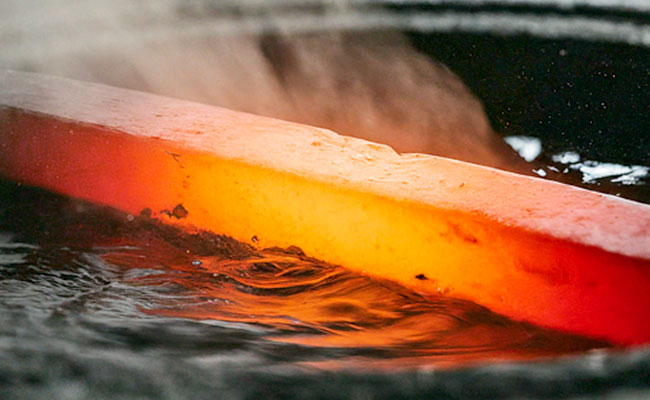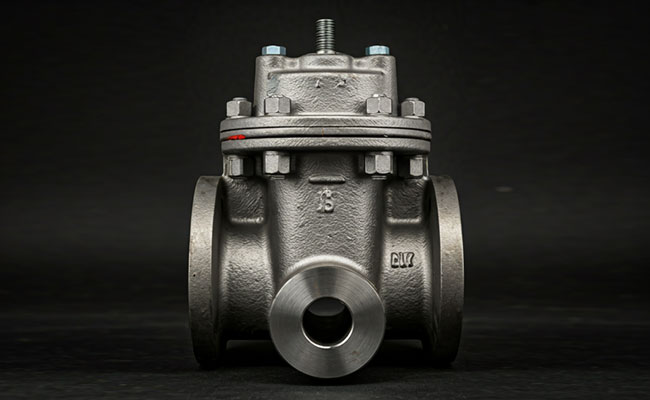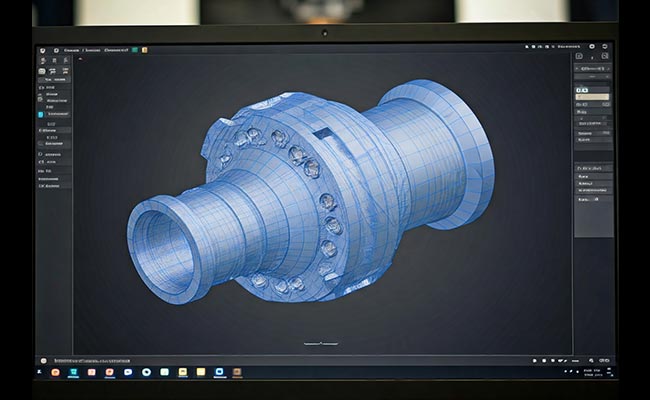
Heat Treatment: Annealing
2024-07-01
Normalizing: A Path to Tougher and More Forgiving Steel
2024-07-15Steel is a versatile and widely used material, but sometimes it needs a little extra oomph. Quench and tempering is a heat treatment process that significantly enhances the strength and durability of steel. It’s like taking a good student and turning them into an academic champion.
What is Quench and Tempering?
Quench and tempering is a two-stage process that manipulates the microstructure of steel to achieve the desired properties. Here’s a breakdown of the steps:
Stage 1: Quenching
The steel is heated to a high temperature (typically above 800°C) where its internal structure transforms into a uniform phase called austenite. This high temperature allows the steel’s internal crystals to rearrange and dissolve any existing carbides (hard particles within the steel).
Once at the desired temperature, the steel is rapidly cooled, often using water or oil. This rapid cooling traps the austenite structure in place, essentially freezing it in a high-energy state. The result? Extremely hard and wear-resistant steel. However, there’s a catch…
Stage 2: Tempering
In this stage, the “brittleness” of the quenched steel is addressed. The now-hardened steel is reheated to a lower temperature (between 200°C and 400°C). This allows some of the trapped austenite to transform back into a more stable structure. While this reduces hardness slightly, it dramatically improves the steel’s toughness and reduces the risk of cracking.
The Science Behind the Strength
The magic of quench and tempering lies in how it alters the steel’s microstructure. By rapidly cooling the austenite phase, we prevent the formation of larger crystals, resulting in a fine-grained structure. This fine-grained structure is much stronger and more resistant to wear and tear. Tempering then allows for some rearrangement within this structure, relieving internal stresses and improving toughness.
Benefits of Quench and Tempering
Increased Strength and Hardness: Quench and tempering significantly improves the steel’s resistance to deformation and wear.
Enhanced Toughness: The process creates a balance between hardness and toughness, making the steel less prone to cracking or shattering.
Versatility: By adjusting the quenching and tempering temperatures, we can tailor the final properties of the steel to meet specific application needs.
Applications of Quench and Tempering
Quench and tempering is a crucial process in the production of various steel components, including:
Cutting tools: Knives, axes, chisels, and other cutting tools benefit greatly from the improved hardness and wear resistance.
Gears and bearings: These components require a balance of strength and toughness to handle high loads and prevent fatigue failure.
Springs: Quench and tempering allows for the creation of springs with the necessary balance of stiffness and resilience.
Fasteners: Bolts, nuts, and other fasteners need to be strong and resistant to deformation, making quench and tempering an ideal choice.




